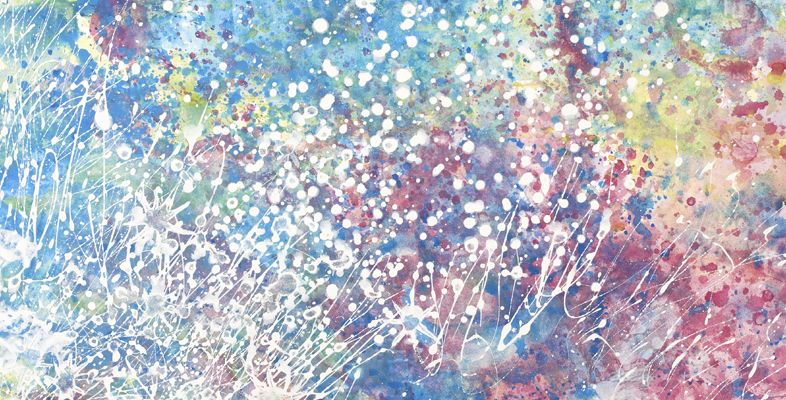Glossary
Special | A | B | C | D | E | F | G | H | I | J | K | L | M | N | O | P | Q | R | S | T | U | V | W | X | Y | Z | ALL
P |
|---|
PsychometricsTechniques that provide ways of measuring intelligence, language skills and other cognitive and behavioural capacities or traits. | |
Q |
|---|
Quality of lifeThe general well-being of a person and how they experience their life in terms of comfort, happiness and fulfilment. Factors affecting quality of life include health, relationships, employment and finance. | |
QuestionnairesA questionnaire is a set of questions, often with multiple-choice answers or a scale (from ‘strongly agree’ to ‘strongly disagree’ for instance) to be completed. It can be used to explore attitudes, preferences or personality traits; it may also be used as part of the diagnostic procedure to find out about a person’s behaviour. (See also surveys.) | |
R |
|---|
Randomised Control Trial (RCT)A systematic evaluation of an intervention in which participants are assigned randomly to intervention and ‘no treatment’ or ‘treatment as usual’ groups. This avoids biases in the way participants are allocated to groups, which could otherwise affect the outcome, making the intervention itself difficult to evaluate. RCTs are typically large-scale studies involving many participants. (See also intervention group; treatment as usual group.) | |
Receptive languageThe process of receiving and understanding language which is spoken or written by others. Difficulty with receptive language means that the person has delay and/or difficulty in making sense of what other people say or write down. Problems are likely to include difficulty in understanding vocabulary or grammar, difficulty in distinguishing speech sounds and in understanding the meaning of sentences. Difficulty with receptive language is common on the autism spectrum and is often accompanied by expressive language difficulty. (See also expressive language.) | |
ReciprocityIn terms of communication and social interaction this means the two-way use of language and turn-taking in conversation, with each person listening to and responding to what the other has said, with coordination to avoid excessive interruption of the other. It also involves responding to another’s actions in order to meet the other person’s expectations and build relationships. | |
ReinforcementA central principle in behaviour modification and behavioural intervention. Involves shaping an individual's behaviour through the operation of influences known as reinforcers because they increase or decrease the frequency of a particular response. A sweet would be a simple example of a reinforcer given to a child who has managed to articulate a request for the first time. But not all reinforcers are so obvious. (See also operant conditioning.) | |
ReplicatedReplication is when an experiment, or other study, is repeated under the same conditions to discover if the same results are obtained. Demonstrating that a result is replicable is an important feature of scientific methodology. | |
Residential schoolA special school equipped so that children with autism or other special needs can stay throughout the week, or even for longer periods. Caters for children with complex needs that cannot be met in mainstream school or in a daily special school. | |
